Indoor training jargon buster
Know your ERG from your Level, your Direct Drive from your Smart Bike
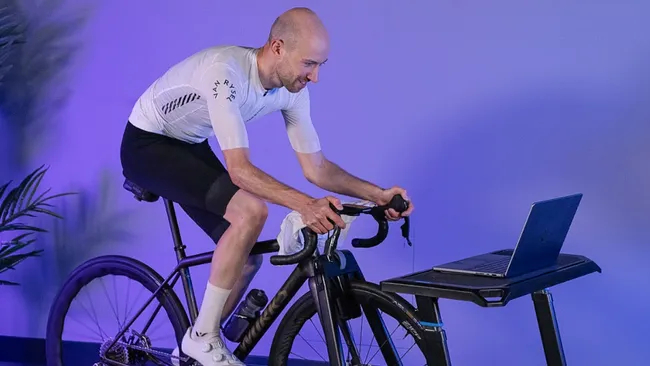

For most people who ride bikes, you can get along very nicely and simply just riding your bike and enjoying the simple metrics of time ridden and distance. You can even forgo those if you please. However, when we get to indoor training, and the prevalence of smart trainers with power meters and training plans available, there are a few new metrics and jargon that get thrown at us. But just what do all these terms and acronyms mean?
Direct drive
For most riders investing in an indoor turbo trainer, the most common and readily available option on the market right now is Direct Drive smart trainers. This means that your bike will be attached directly to the trainer with the rear drop-outs fitting the trainer and cassette between them. This provides a solid platform with most of these trainers featuring a hub-based power meter system and large flywheel weight to give that real-world feeling of wheel inertia.

Smart Bike
A step up from the direct drive trainer is the Smart Bike. This is an entire system that does not require a bike to be fitted since it is built into the smart trainer. These often use similar internal mechanisms to higher-end direct drive trainers, but have virtual gear shifting to adjust cadence and resistance. This often comes at a higher total cost than what a cheap bike and Direct Drive trainer can be purchased for though.
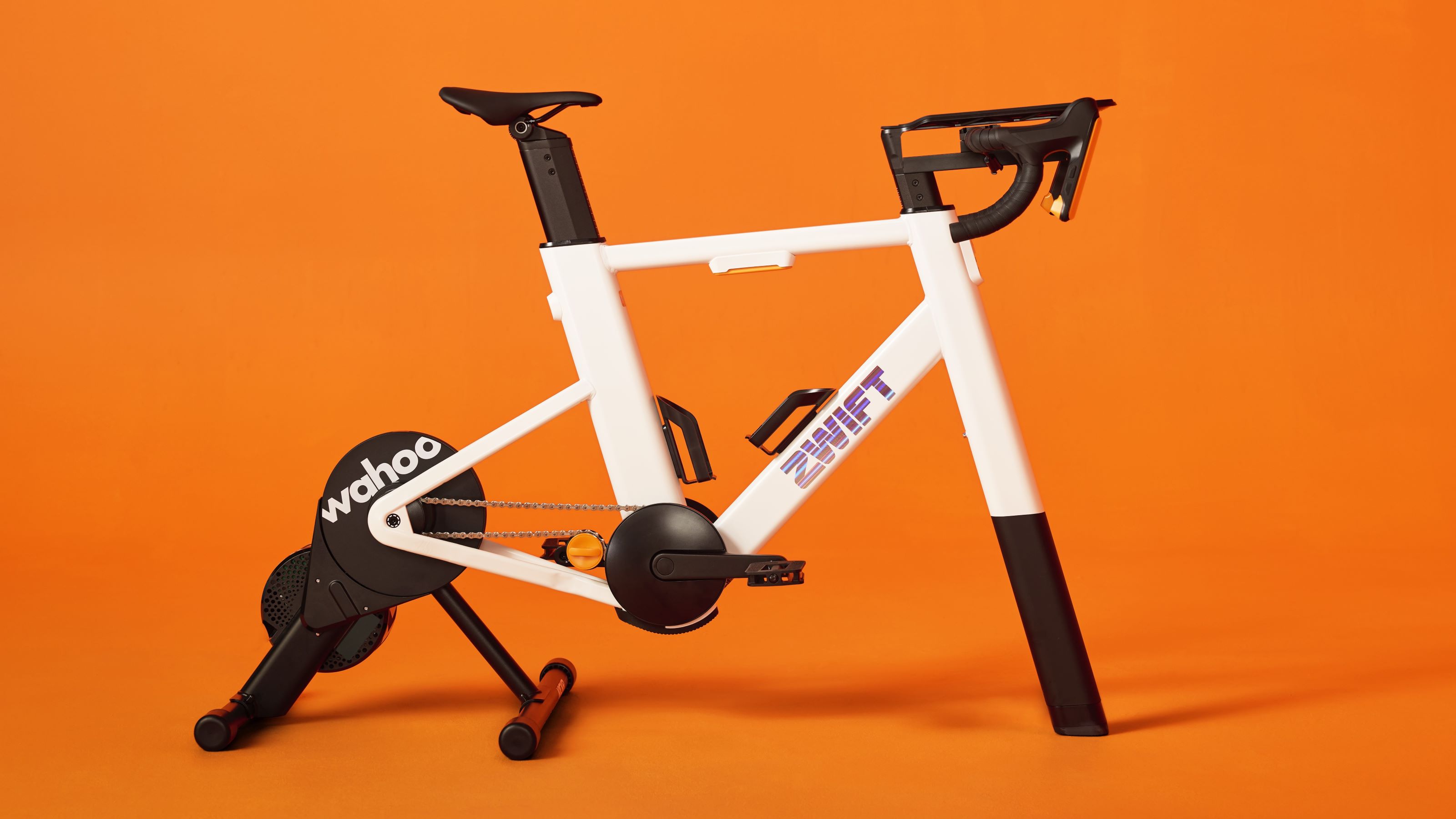
Dumb trainer
A now dying breed of turbo trainer, this used to be the OG. The bike was fitted directly to the roller wheel and held in place using a special quick-release skewer. Most did not offer power measurements, but now some have an estimation of power output, although it is not as accurate as Direct Drive measurements. This is a cheap and cheerful does-the-job training option though.
Watts
This is the measure of power, external workload, that we produce on the bike. It is a sum of the angular velocity (cadence) and the force (torque) applied to the pedals. Almost all smart trainers for indoor training now include these measurements as standard.
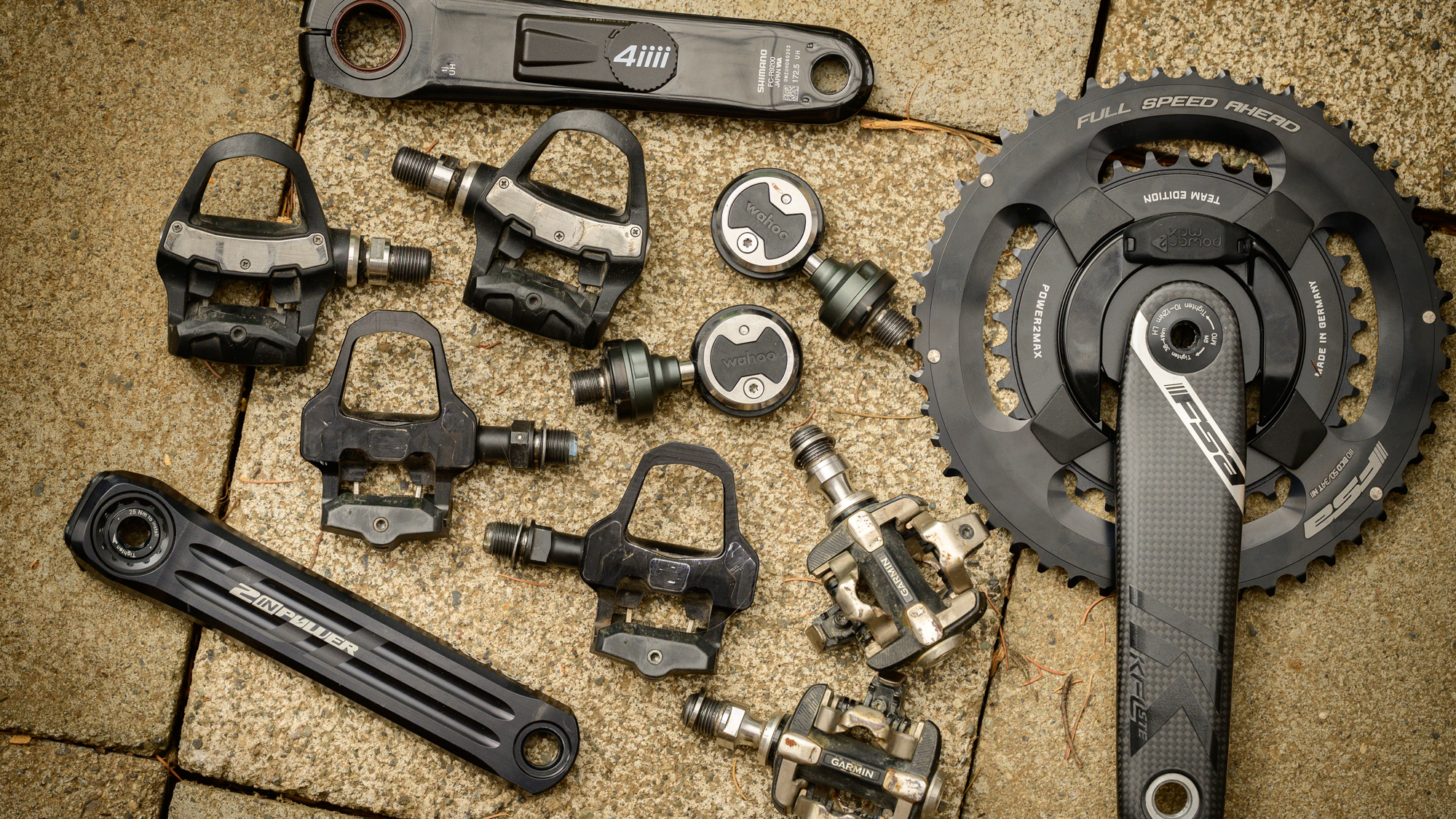
Heart Rate
Another commonly used metric for indoor training is heart rate. This is the internal workload, how hard our body is working to produce the watts. The previous gold standard of training zones before power, it's now seeing a resurgence in use for Zone 2 training and in conjunction with power. It’s also required for verified Eraces on Zwift or MyWhoosh.
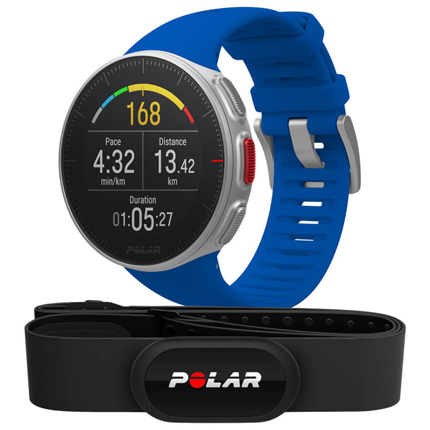
W/Kg
This is the power to weight (watt per kilogram), and a metric that is commonly used on Zwift and MyWhoosh to determine the relative pace of group rides, pacer bots, and racing categories. It is determined by your power output divided by your weight. A higher W/Kg generally results in a faster climbing speed, both virtually and in reality. It is a metric that has long been chased by professional riders in their quest to beat their rivals on mountain passes.
The latest race content, interviews, features, reviews and expert buying guides, direct to your inbox!
IF
This term is often used to describe session intensity and means Intensity Factor. It is determined by dividing your Normalised Power by your Functional Threshold Power (or other threshold metric). If you have an FTP of 300w and you ride at a NP of 300w, your IF is 1.0. If you ride at a NP of 250w your IF is 0.83. There are general rules of thumb that a hard session is often between 0.8-0.9 IF if below an hour, while around 0.6 would be an endurance pace ride.
NP
Normalised Power is a measure of how hard a ride is, physiologically based on FTP. For example, a ride of 200w consistent pace for an hour will have a NP of 200w. A ride at 180w with x10 max effort sprints will have a significantly higher NP, to give an estimate of how hard a session intensity is relative to the efforts produced during that session.
ERG mode
Whereas turbo training of old relied on gear changes or a resistance adjuster to change the relative effort or power, nowadays, ERG mode is a common term in indoor training. It refers to ergometer mode, and it is when a programmed power/resistance is set, and then that resistance changes relative to the cadence supplied to maintain power output regardless of the gear. So if you have a target power of 200 watts, and you pedal at 90 RPM, the smart trainer in ERG mode will produce a resistance of 21.22 newton meters. Change that RPM to 100 and the resistance drops to 19.1 NM to maintain a power of 200w.
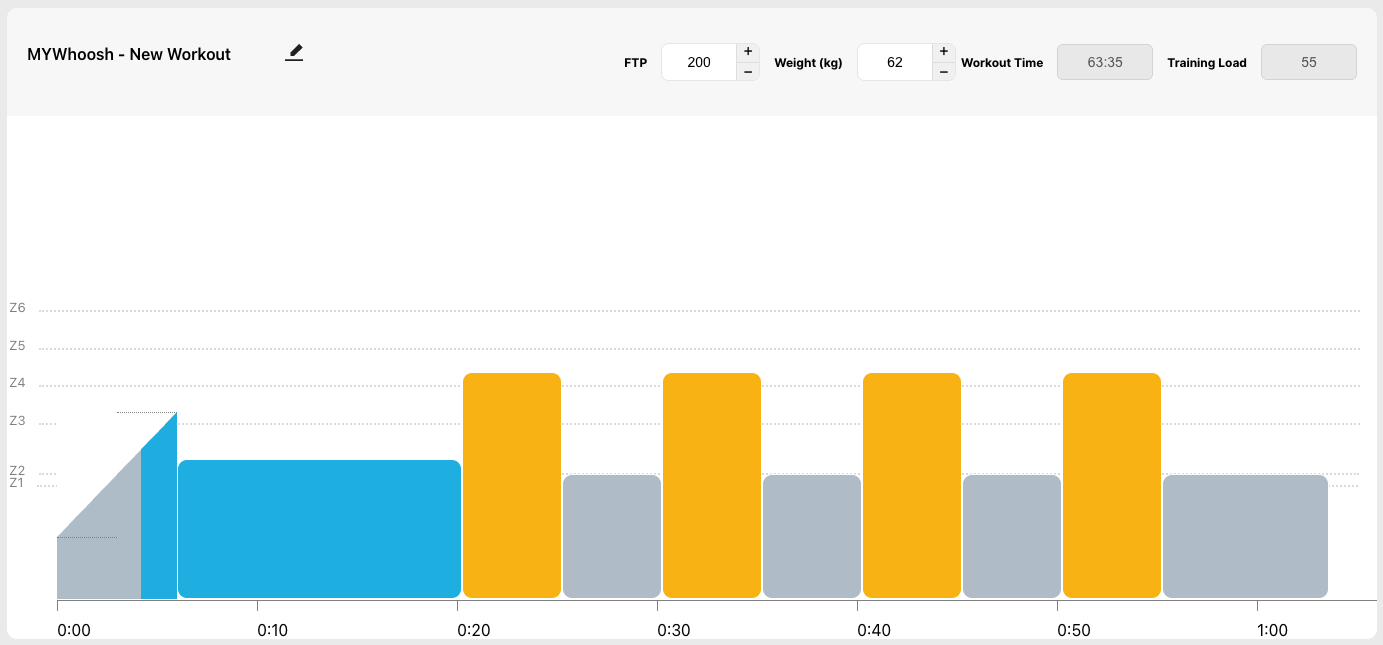
Level mode
This is essentially using the gears to provide changes in resistance, very similar to how it used to be with a simple wheel on trainer. Large gear equals more resistance, small gear equals less. This is ideal if you are doing indoor power tests and you want to control the resistance yourself.
Sim mode
Short for Simulation Mode, this is where you use the virtual world to control elements of the resistance. On a climb, the resistance at the hub will be applied as if on a real climb, requiring you to produce more power or drop down the gears. You can vary the effectiveness of this from between 0% (Level Mode), up to full realism of 100% where a 20% incline will provide as much resistance as a 20% incline would. For Eraces, it is normally a requirement that at least 50% Sim Mode be applied.
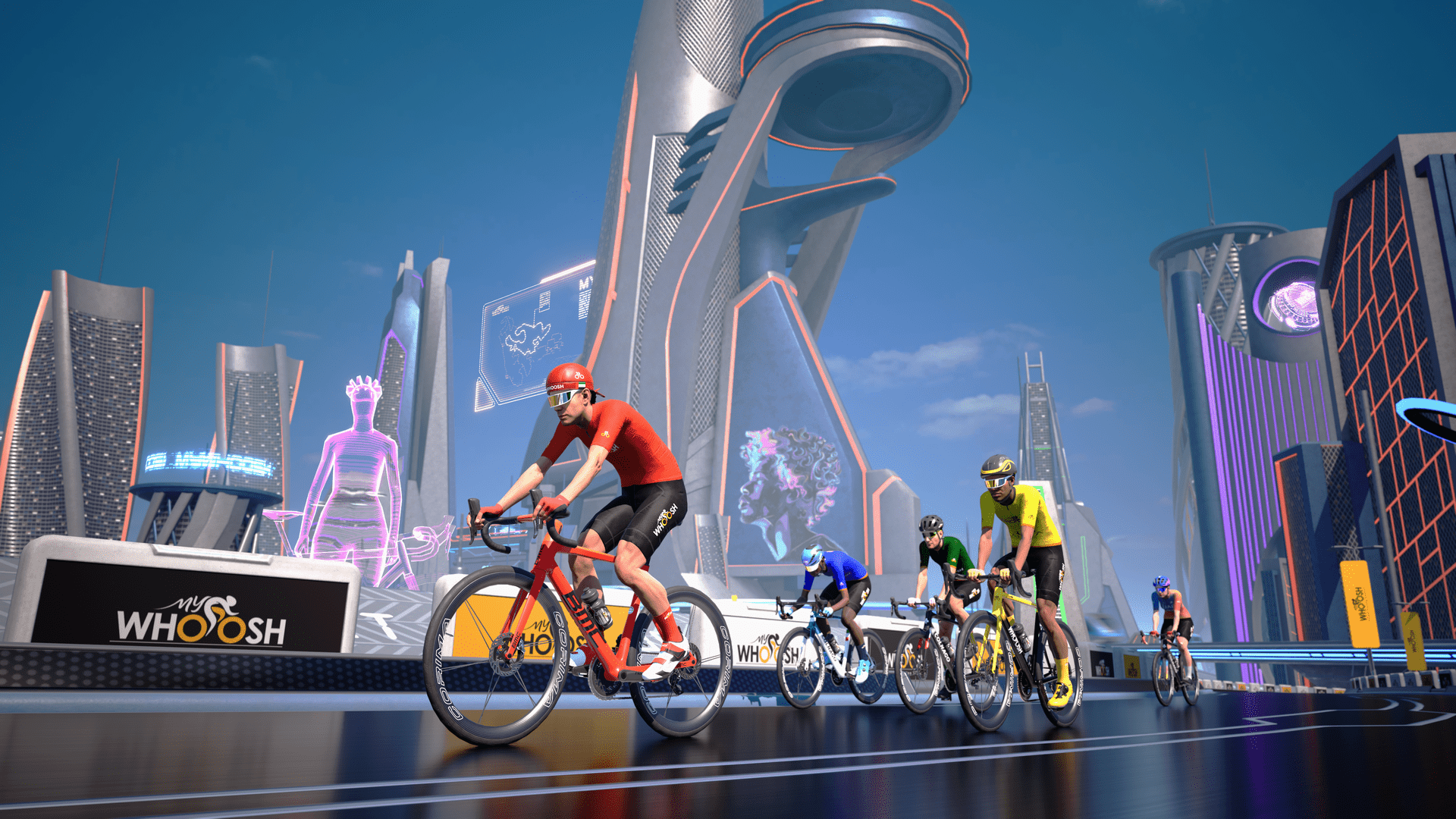
Pace group
Something used in MyWhoosh and Zwift are pace groups. These are virtual bot-led rides where the bot maintains a certain W/Kg across the route, with some variance on positive or negative gradients, to keep a group together. This can either be used for the social element or just to control your own effort level on a ride.
Badge hunter
A big part of indoor training software has been the introduction of more gamification to give that bit of extra motivation to spend time on the indoor trainer across all seasons. Completionists like myself are suckers for challenges and levelling up, and for those who want to ‘complete’ apps like Zwift and MyWhoosh, you get Badge Hunters. With so many route options available on both apps, you can gather achievements and virtual levelling up by completing routes. Some will be flat 6km routes, while others might be 160km routes with 3000m of climbing for those who don’t mind 5 hours on the turbo trainer!


Freelance cycling journalist Andy Turner is a fully qualified sports scientist, cycling coach at ATP Performance, and aerodynamics consultant at Venturi Dynamics. He also spent 3 years racing as a UCI Continental professional and held a British Cycling Elite Race Licence for 7 years. He now enjoys writing fitness and tech related articles, and putting cycling products through their paces for reviews. Predominantly road focussed, he is slowly venturing into the world of gravel too, as many ‘retired’ UCI riders do.
When it comes to cycling equipment, he looks for functionality, a little bit of bling, and ideally aero gains. Style and tradition are secondary, performance is key.
He has raced the Tour of Britain and Volta a Portugal, but nowadays spends his time on the other side of races in the convoy as a DS, coaching riders to race wins themselves, and limiting his riding to Strava hunting, big adventures, and café rides.
You must confirm your public display name before commenting
Please logout and then login again, you will then be prompted to enter your display name.
